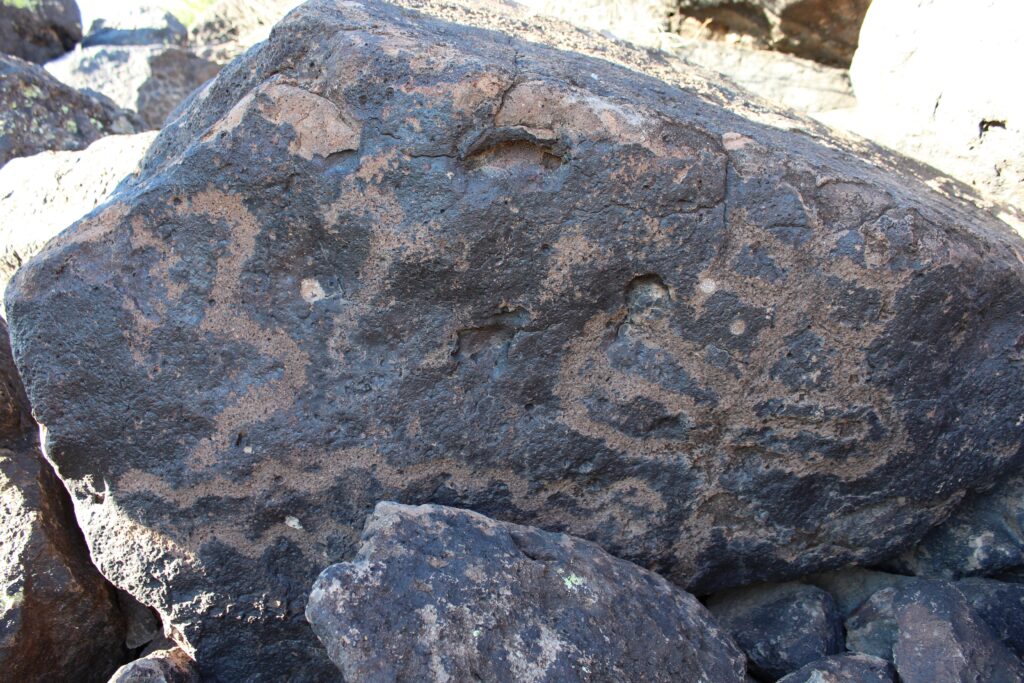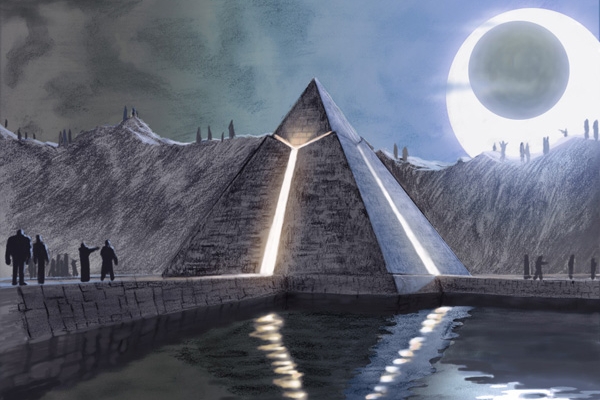“Unmasking the Myth: How Humans, Not Aliens, Built the Pyramids”

The Great Pyramids of Giza—rising from the Egyptian desert, aligned with celestial precision—have fascinated humankind for centuries. Their immense scale, architectural perfection, and ancient origins have led some to claim they are too advanced to have been constructed by humans over 4,500 years ago. As a result, a popular conspiracy theory emerged: aliens built the pyramids.
This idea, while intriguing in science fiction and fringe circles, is not supported by any credible evidence. In reality, the construction of the pyramids is a remarkable testament to the ingenuity, engineering skill, organization, and willpower of ancient Egyptian civilization—not to extraterrestrial intervention.
Let’s explore what we know, what conspiracy theorists claim, and why real archaeology firmly debunks the myth.
👽 The Origins of the “Alien Pyramids” Theory
The theory that aliens built the pyramids became widespread during the 20th century, especially after the publication of Erich von Däniken’s 1968 book Chariots of the Gods?, which claimed that many ancient wonders—like the pyramids, Stonehenge, and the Nazca Lines—were too sophisticated for early humans.
He argued these feats required advanced technology and must have been guided by ancient astronauts. Despite the lack of credible evidence, the idea gained traction, reinforced by pseudoscientific documentaries, internet forums, and pop culture.
But this theory ignores a mountain of archaeological, textual, and physical evidence of human capability and deeply undermines the achievements of ancient civilizations, particularly non-European ones.
🏜️ How the Pyramids Were Really Built
The Great Pyramid of Khufu (Cheops), built around 2580–2560 BCE, is the largest and most iconic of the pyramids. Contrary to alien conspiracy claims, we have a well-established understanding of its construction.
🧱 Materials and Manpower
- Limestone and granite blocks (some weighing over 50 tons) were quarried locally or floated from distant quarries via the Nile.
- Estimates suggest about 20,000–30,000 skilled laborers built the Great Pyramid—not slaves, but paid workers who lived in nearby temporary workers’ villages.
- These laborers included masons, engineers, architects, and laborers, supported by teams providing food, shelter, and supplies.
🛠️ Tools and Techniques
- Workers used copper chisels, stone hammers, levers, ramps, and sledges to cut, shape, and transport stones.
- Straight and zigzagging ramps, made of mudbrick and limestone chippings, likely helped move stones up the pyramid’s sides.
- Pulley systems and lubrication (using water to reduce friction) were likely employed when dragging stones.
📜 Written Records and Archaeological Finds
- Ancient papyri such as the “Diary of Merer” (discovered in 2013) detail the transportation of limestone blocks from Tura to Giza by boat during Khufu’s reign.
- The pyramid builders’ villages, bakeries, cemeteries, and tools have all been excavated, offering direct proof of human labor and organization.

🚫 Debunking the Myths
❌ “The Pyramids Are Too Precise for Ancient Tools”
Not true. Ancient Egyptians possessed astounding engineering knowledge and could achieve precision through trial, error, and generations of experience.
❌ “There’s No Evidence of Construction”
This is false. Excavations at Giza have uncovered tool marks, unfinished blocks, quarries, and even worker graffiti—some of which say things like “The Friends of Khufu,” clearly human in origin.
❌ “The Pyramid Aligns with Stars, So It Must Be Alien”
The Egyptians were expert astronomers. Aligning structures with celestial bodies was part of their religious and cultural worldview. It required observation and math—not alien software.
❌ “You Can’t Fit a Razor Between the Blocks”
Actually, the fit varies, and mortar was used. The precision is impressive, but well within the capabilities of manual stone-carving with patient labor.
🌍 Why the Theory Persists
The alien theory has persisted for several reasons:
- It’s sensational and appealing to people who enjoy mystery or distrust experts.
- It overestimates ancient complexity and underestimates human capacity.
- It has a colonial and racial undertone, implying that non-European civilizations couldn’t build advanced monuments without help.
The reality is that the Egyptians built the pyramids with skill, intelligence, and immense planning. To credit aliens is to erase their legacy.
🏛️ The Pyramids’ Cultural Significance
Far from being alien landing sites, the pyramids were elaborate tombs and religious monuments symbolizing:
- The pharaoh’s divine role
- The journey to the afterlife
- Alignment with Ra, the sun god, and cosmic harmony
They were constructed over generations as part of a larger spiritual, political, and engineering tradition, evolving from early mastabas to the smooth-sided giants we see today.
🔬 What Science Says
Modern archaeology, physics, geology, and even forensics have confirmed the entirely human origin of the pyramids. Advanced scanning, satellite imaging, and radiocarbon dating all support this.
The evidence includes:
- Burial shafts of workers
- Tools and quarry traces
- Detailed Egyptian records and murals
- Mathematical and engineering models of construction techniques

🧠 Conclusion: A Human Triumph, Not an Alien One
The pyramids of Egypt are one of humanity’s greatest architectural feats—not because of extraterrestrial help, but because of the vision, coordination, and determination of an ancient society.
They reflect a world where science, religion, art, and labor merged, where entire generations worked toward eternal monuments to their gods and kings. To understand them is to appreciate the extraordinary capabilities of ancient humans, not fictional aliens.
Rather than looking to the stars for answers, we should be looking back—at the people who built them, their culture, and the legacy they left behind on Earth.




